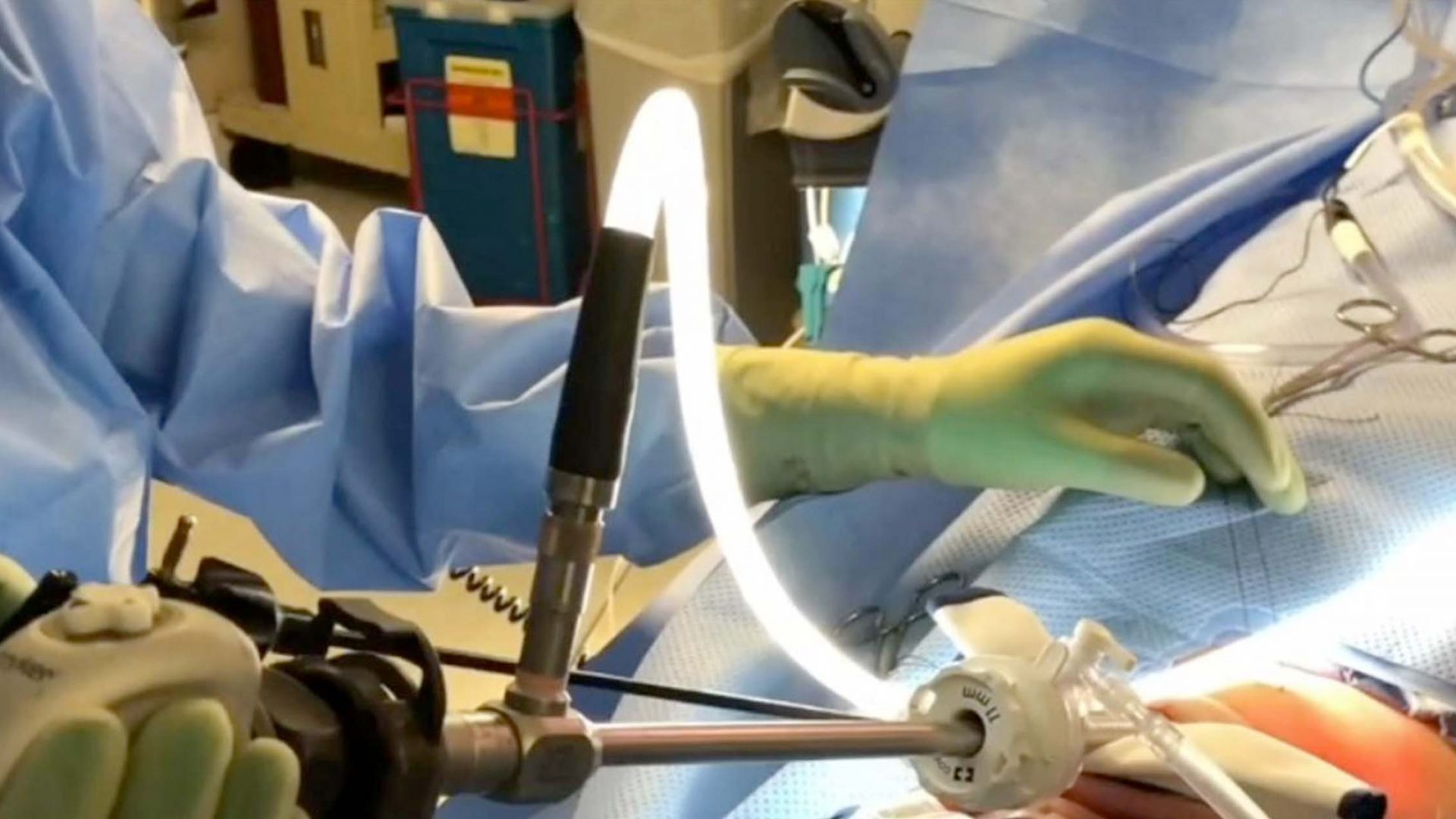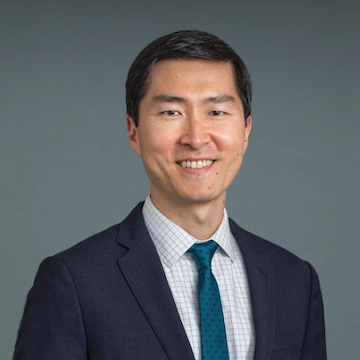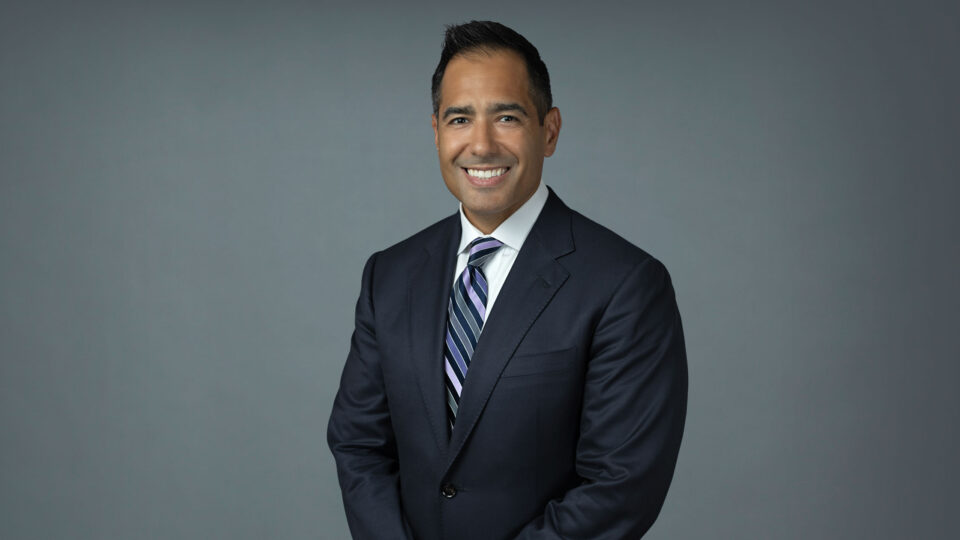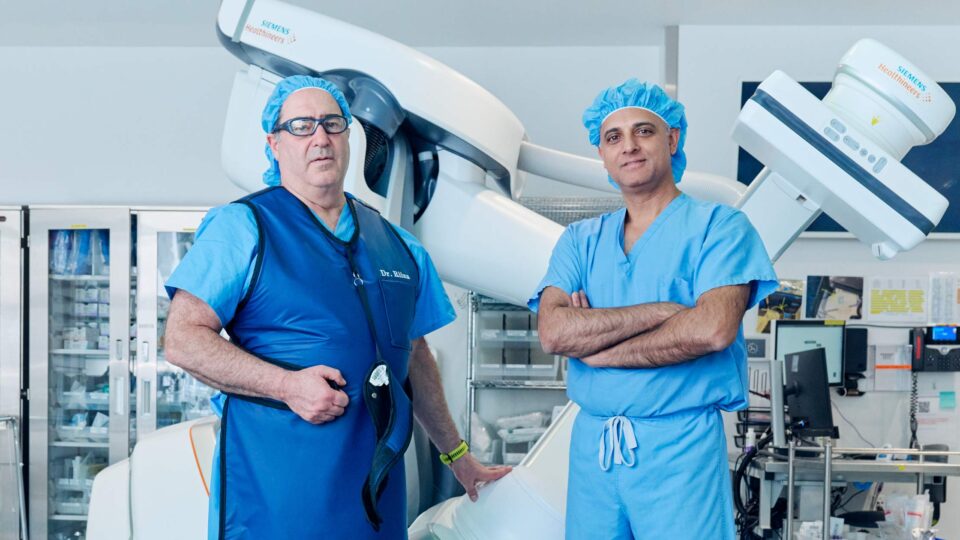Conventional thyroidectomy entails an anterior neck scar ranging from 1 to 2 inches in length—serving as a highly visible reminder to patients of their thyroid disease and a marker to others about their medical histories. Within the 150-year-history of thyroidectomy, surgeons have only recently begun to apply endoscopic tools to avoid the visible scar on the lower neck. Initially pioneered in Asia, these endoscopic techniques include the TOETVA (transoral endoscopic thyroidectomy vestibular approach).
“The TOETVA procedure was a milestone in that it eliminated a skin incision and scar from thyroidectomy by putting the incisions inside the mouth under the lower lip area,” says Insoo Suh, MD, an endocrine surgery specialist. Dr. Suh was among the first U.S. surgeons to travel to Asia to study this technique and introduce it on the West Coast through a program at the University of California San Francisco.
At NYU Langone Health, Dr. Suh is continuing to pioneer the application of endoscopic techniques to thyroidectomy, including a modified transoral approach that can resolve shortcomings of the original TOETVA technique. “TOETVA may have limitations, including the size of the specimen that can be removed through the middle incision without disruption as well as prolonged discomfort at the chin,” says Dr. Suh.
TOaST: A Modified Transoral Approach
The transoral and submental technique (TOaST), is a modified transoral procedure that eliminates the need for significant dissection of the chin by creating an effectively invisible submental incision. By substituting the submental incision for the central intraoral incision used in the TOEVTA procedure, it can reduce potential for dissection-related complications and shorten the path from the incision to the thyroid gland.
In an article in the Journal of Surgical Research, Dr. Suh and colleagues reported on the initial experience of 14 TOaST procedures between 2017 and 2018. Subjects included five patients with benign thyroid nodules, three with cytologically indeterminate nodules, three with papillary thyroid cancers, two with Graves’ disease, and one patient with a multinodular goiter. The technique was demonstrated to be safe in this series, with an extremely low rate of complications overall and no permanent complications such as recurrent laryngeal nerve injury and neck hematoma. The cosmetic results were outstanding.
Dr. Suh’s subsequent, larger experience with this technique confirms the results from this initial case series as well as its broader applicability. “About half of patients in a typical high-volume endocrine practice would be candidates for the procedure under currently accepted selection criteria,” Dr. Suh says.
Scarring Not a “Minor Concern”
“The idea of a visible scar is not a minor concern,” says Dr. Suh, who is a fierce patient advocate concerning the scar associated with conventional thyroidectomy and the impact it can have on self-perception. Although the TOaST procedure does leave a scar, it is functionally invisible, placed in the submental area that is often the incision site for aesthetic procedures such as neck lifts and liposuction.
“There’s a common theme that comes out of my conversations with thyroidectomy patients: It’s not about vanity, but rather about seeing the scar every day in the mirror, reminding of the disease and unavoidably sharing private health information,” says Dr. Suh. He likens investing the extra effort to avoid scarring as analogous to reconstructive breast surgery after a mastectomy, rather than to an elective aesthetic surgery.
“The most important takeaway is that visible scars matter to many people, and so it is our duty to respect that by working to address this issue for our patients.”
Insoo Suh, MD
Research into patients’ priorities and concerns confirms this idea. In a discrete choice experiment published in Thyroid, Dr. Suh and colleagues found that, while the risk of nerve injury, travel distance, and cost remain the most important factors for patients choosing among surgical approaches for thyroidectomy, cosmetic considerations also influence choices depending on patient age. Younger patients (up to 60 years old) are significantly more likely to choose surgical approaches with no visible neck scar and accept significant trade-offs, including increased out-of-pocket cost, extra travel distance, and even a slightly higher rate of complications.
Dr. Suh is wary of overinterpretation of these and similar findings. “Patients may be willing to tolerate an increased risk of complications, but that doesn’t necessarily mean that we should as surgeons,” he says. “Thankfully, this is a moot point because these techniques appear to be very safe. I think the most important takeaway is that visible scars matter to many people, and so it is our duty to respect that by working to address this issue for our patients.”






